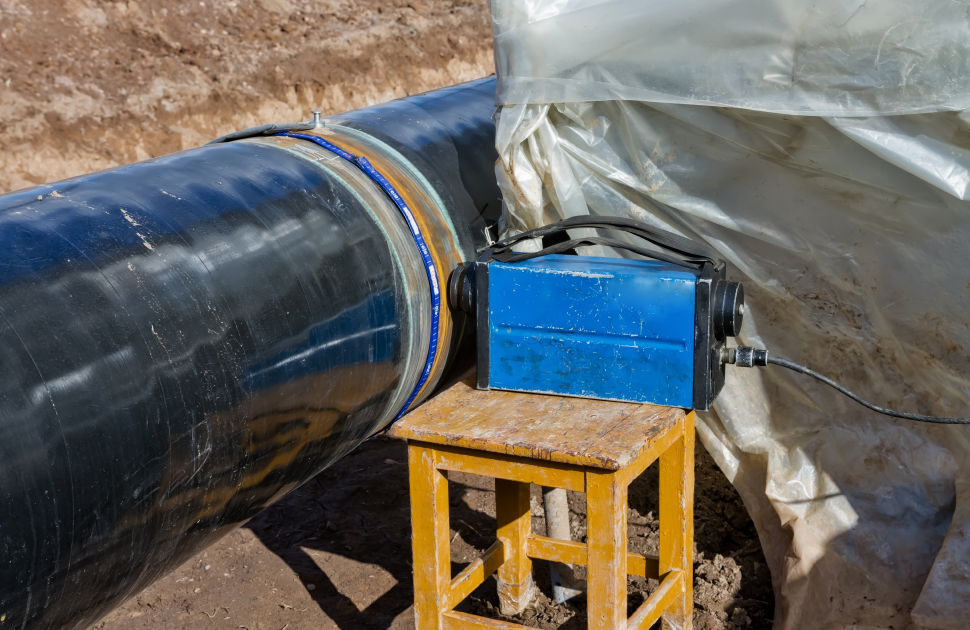Radiography is a non-destructive testing (NDT) method that uses ionizing radiation to create an image of an object's internal structure. It is commonly used in various industries, including aerospace, automotive, construction, manufacturing, and medicine.
In radiography, a source of radiation, such as an X-ray or gamma-ray machine, is directed toward the object being tested. The radiation penetrates the object and interacts with the material inside, including defects and internal features. The radiation that passes through the object is then captured by a detector, such as a film or digital sensor, which produces an image of the object's internal structure.
Radiography is used for various applications, including detecting internal defects in metal components, such as cracks, porosity, or inclusions, identifying corrosion in pipelines and pressure vessels, and examining welds and joints for any internal flaws. Radiography can also be used for medical purposes, such as diagnosing bone fractures and locating foreign objects in the body.
One of the main advantages of radiography is its ability to produce high-quality images that show the internal features of an object. These images can be used to detect defects and flaws that are not visible on the surface, allowing for better detection and prevention of failures. Radiography is also a fast and reliable method, providing immediate results without damaging the object being tested.
There are two main types of radiography: film-based radiography and digital radiography. In film-based radiography, a piece of film is used to capture the radiation that passes through the object being tested. The film is then developed, producing a visible image of the object's internal structure. Film-based radiography is a mature technology that has been used for decades, but it has some drawbacks, including the need for processing and the possibility of image degradation over time.
Digital radiography, on the other hand, uses a digital sensor to capture the radiation that passes through the object being tested. The digital sensor produces an electronic image that can be viewed on a computer screen, eliminating the need for film processing. Digital radiography offers several advantages over film-based radiography, including faster image acquisition, higher resolution, and the ability to enhance and manipulate images.
Despite its benefits, radiography also has some disadvantages and limitations. One of the main drawbacks is the potential health hazards associated with ionizing radiation. Radiography operators must follow strict safety procedures to minimize the risks of exposure to radiation, including wearing protective gear and limiting the time of exposure.
Radiography is also limited in its ability to detect certain types of defects, such as those located at the surface of an object or those that do not significantly affect the radiation passing through the object. In such cases, other NDT methods, such as visual inspection, ultrasonic testing, or magnetic particle testing, may be more suitable.
In conclusion, radiography is a valuable NDT method that offers many advantages for detecting internal defects and flaws in various materials and components. It is a reliable and non-destructive method that can provide immediate results and high-quality images. However, radiography also has some drawbacks and limitations, and its use should be carefully evaluated based on the specific needs and requirements of each application. Radiography operators must also follow strict safety procedures to minimize the risks associated with ionizing radiation.

(1).png)








